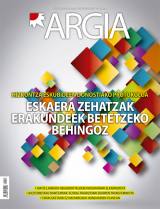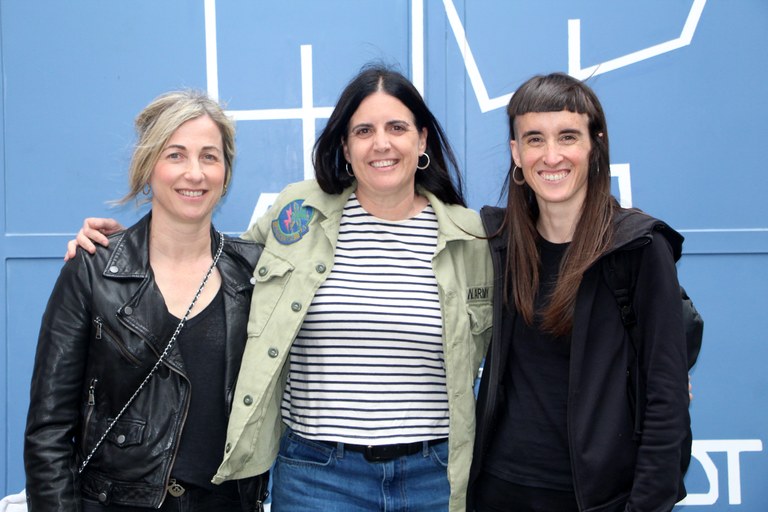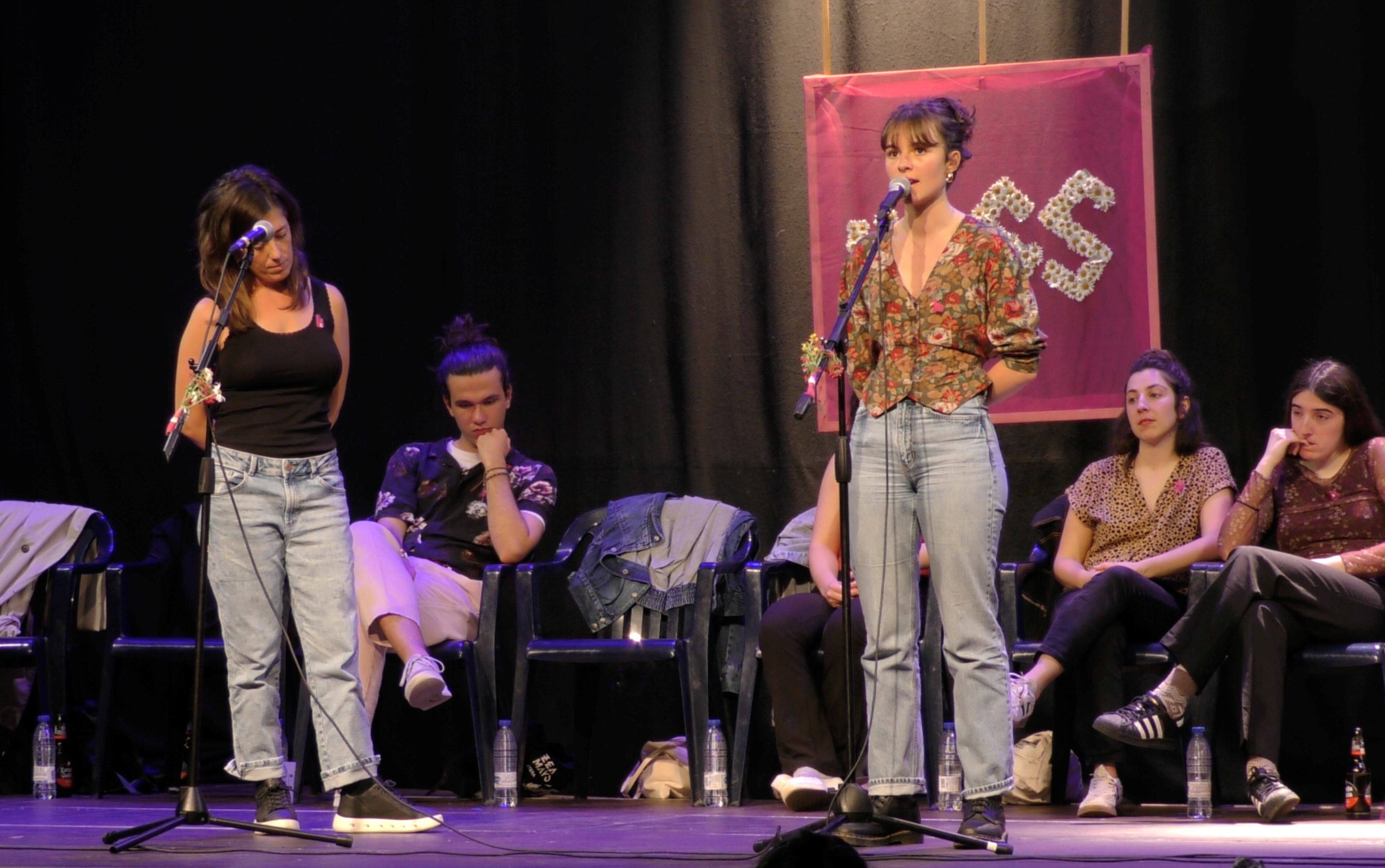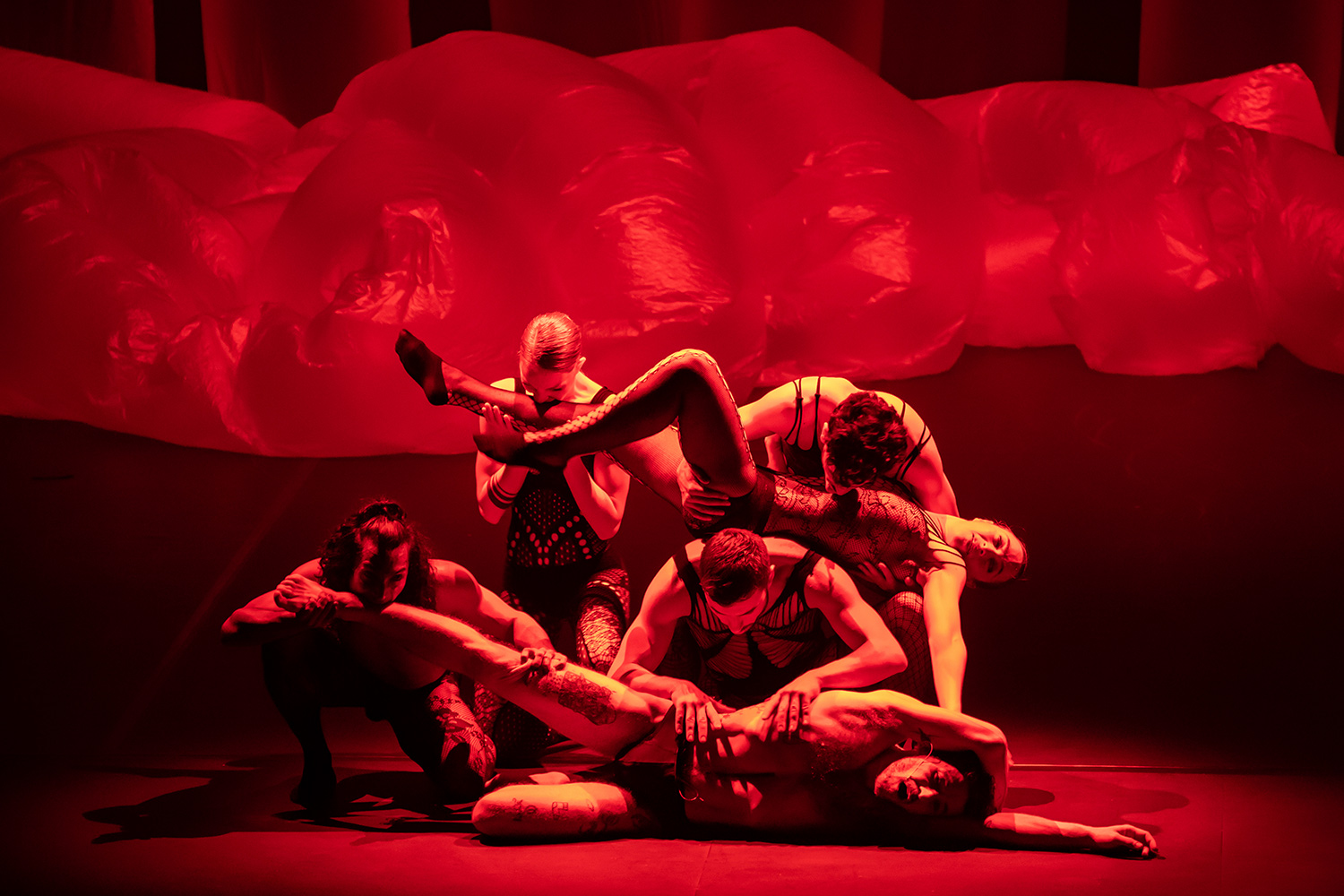"We want to stage identities that have no place in traditional Basque dance"
- Marked gender roles, weight of religion, symbols that can hardly be questioned. Kepa Blazquez Roteta and Ibai Fresnedo have experienced in their meats the rigidity of traditional Basque dances. The Bazterretako Dantzariak group consists of people who have lived in the same way. They want to break that rigidity of transfeminism. Doing what they like: dancing.
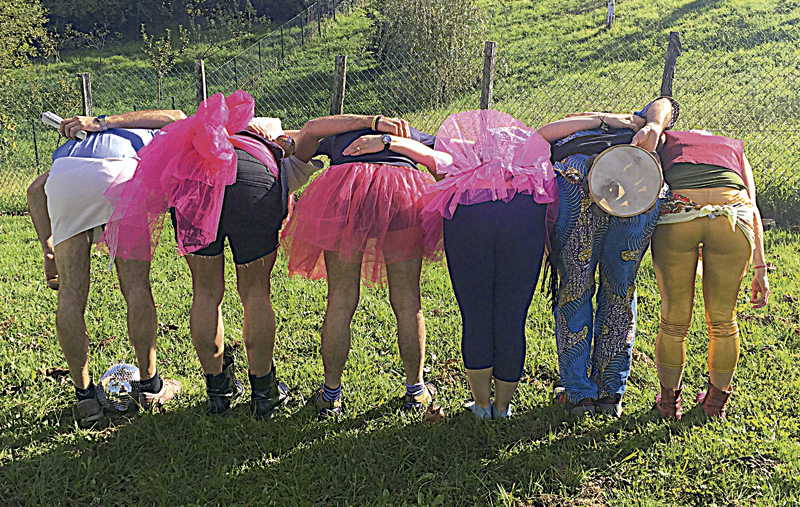
You have gathered people from different places and routes. What did you bring together the Dantzaris de Bazterreta?
Ibai Fresnedo: I started to go through my trajectory in Basque dances through some of the shows that I've seen here and there. Then came to mind the marked gender roles, the discrimination suffered under the pretext of aesthetics… In this sense I wrote an article of opinion in Topatun, and then wrote to me that Kepa Blázquez himself also had similar experiences. That's when we started shaping it, and gradually more people have been joining us.
And what is the form it's getting? Will there be a group of dances? A collective?
I. Strawberry: Group of dances. Our project is not based on anthropological or ethnographic research. Although we value the work and fruits of the academy, we are not part of it and we do not need the approval of the academy. It seems that we always have to create projects from the perspective of experts, but we are merely experts, and we want to build this from our experiences.
Kepa Blázquez: Rather than talking about dance, we want to stage our conclusions by dancing. We already have the skeleton of the show, and now we start to give it a more precise shape.
Some of you didn't know each other in advance. What has the group character given you?
I. Strawberry: We started analyzing everyone's experiences and we realized that at the root of all the problems it is heteropatriarched. To the extent that the problem is structural, our experiences are also very similar. Each of us from his own corner and body, we've met with the same monsters. In the essays, dancing in Kalejira, in the shows… We have all suffered similar discrimination.
K. Blázquez: Imagery, costume, etc. Today, Basque dances represent the hegemonic. We want to make visible what has no place, to make room for the identities that are in the corners: maricas, bolleras, from the outside, fat, invalid…
Even if it starts from your experiences, it will also serve to denounce a broader problem or reality.
I. Strawberry: We start from our experiences, knowing that we don't represent all the shoes, but our reading shows how a whole system works. The staff is political and we, in our view, want to have a radical influence on the dimension of the Basque dances and on their imaginary.
K. Blázquez: It would be a source of satisfaction if the dance groups of all peoples took note of our thoughts and questioned their actions, but we know that this is very difficult. Another thing is that the show awakens some people a certain conscience or will remind them of their experiences in the world of dance… That will have its influence.
To what extent is traditional Basque dance reactionary and rigid? Has it been left behind compared to other disciplines?
I. Strawberry: There has been a change in literature, in music, in bertsos… It has come from feminism or from other perspectives, but it has passed. The dinosaurs of the Basque dances are still there, it's an elite, it has a lot of weight, and that stops that change. Traditional Basque dance is linked to nationality and an outdated popular project, and to a symbolic world that still has a lot of strength. It's very difficult to change that.
There is, therefore, a lot of resistance.
I. Strawberry: Today, we dance a lot of dances as such. We live in an apparently progressive and developed society, but we continue to represent the dances of a hundred years ago, without reflecting the development of society. Do you not have to make room for that? Don't dance have to be adapted to society? We want to work that way, use dance to reflect our current concerns. But for a lot of people, it's dangerous to change the essence, because tradition is challenged.
K. Blázquez: Moreover, when we say that they show a reality of a hundred or two hundred years ago, it is not entirely true. Then there would also be maricas or bolleras, of course, but they couldn't be in the center of the plaza. What we bring today is what was hegemonic at that time.
In the case of gender roles, there are still people who continue to stir up when women participate in certain dances.
K. Blázquez: We have had an important debate. It is to be congratulated to see that the children have room in the dances limited to the pensioners, but we cannot stay on that. For example, why aren't there people with penis taking on the role of a woman? That is a man's struggle, but so far we have not. For us, equality is not just putting women where men were, we have to go much further. It is a firm step, but it does not serve to cover everything else. The dance must also be called into question. Women may also be involved, but this is also a dance of military origin, for example.
I. Strawberry: Yes, the only thing that bothers us in what traditional Basque dances reflect is not gender roles. Specific normative bodies and aesthetic models are sought, many have a sabinist view of Basque identity, religion also has a prominent place, and there is representation of social inequalities…
There are many kinds of dances between Basque dances. There will be someone who does not have these elements so present...
I. Strawberry: The ones that are made in the plaza, for example, the Jumps. These are freer, and it is true that in most cases gender roles are not so marked. Anyway, it's very different to do it on the plaza or on the stage. In the plaza everything is more open.
K. Blázquez: In the case of witch dance, for example, the boys dress with the skirt. But there's also a kind of mockery or ridiculization, I don't think that's a proper example.
Some have done more contemporary work from traditional Basque dance, such as the Kukai dance group.
I. Strawberry: There are more and more contemporary groups, yes, but they have no clear political intentions. In the aesthetic aspect, it is true that a path is being opened, but they remain in the aesthetic aspect. We believe it is important to focus on the claim or the complaint.
K. Blázquez: New and interesting elements are included. For example, two men dance the polka or lay the skirts. But there are two ways to look at it: one is to say, ‘hey, look what can be done’ and another is to denounce that so far we have not been allowed to do that. Whitening or denouncing, I think there are two very different foci.
And what else? When will we see all of this above the table?
K. Blázquez: We have just begun, and perhaps we are missing two more years before the show takes place. Once creative work is started, everything gets complicated and embellished. Listening to each other’s experiences, expressing what moves you… The process has value and for each one of us it is being very liberating.
I. Strawberry: We still have work to do, but in the meantime we will also have lectures, workshops, etc. The group is still open. We need dancers, but also musicians, people who dress up… Whoever wants is still in time to get in touch with us.
“We rehearsed, we showed it to the boys, we were there when they needed help for the grill, but then we never danced in the square or even crossed our mind.” Oihane Auzmendi Iturbe (Legazpiia, 1977) is a dancer of the dance group Roots, but for years he did not have the... [+]
Azaroan estreinatu zuen bere lehenengo lana Nagore Tamayo dantzariak (Tolosa, 2000): Nondik abiatu inora izena du, eta Natalia Belén dantzariarekin batera gorpuztu du. Bere herrian egin dugu hitzordua, Zumardi Handian.
Festa egiteko musika eta kontzertu eskaintza ez ezik, erakusketak, hitzaldiak, zine eta antzerki ikuskizunak eta zientoka ekintza kultural antolatu dituzte eragile ugarik Martxoaren 8aren bueltarako. Artikulu honetan, bilduma moduan, zokorrak gisa miatuko ditugu Euskal Herriko... [+]
The idea that we in the dance world often repeat is that dance is ephemeral. The Elhuyar dictionary gives as a counterpart to "ephemeral" English: ephemeral, destructive, perishable, ephemeral, ephemeral, perishable, perishable, ilaun. I don't remember who I first read that idea... [+]
Moor Krad
By: Ertza company.
When: 3 October.
Where: In the Muxikebarri room of Getxo.
---------------------------------------------
Two years later I met the work Moor Krad, in which members of the company Ertza created and premiered the piece. So in 2022, I tried to... [+]









